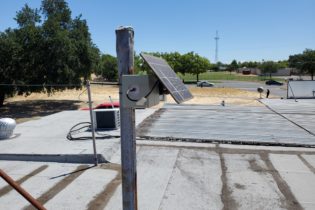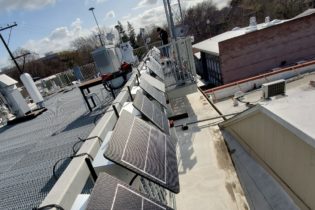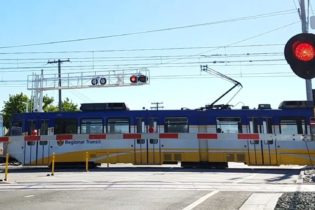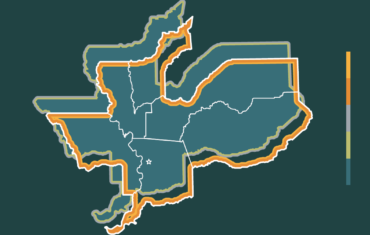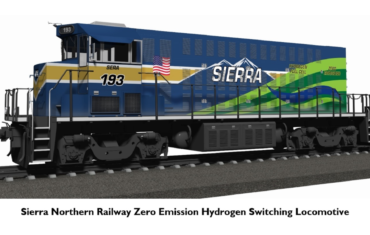Community Air Protection (SNAAQ)
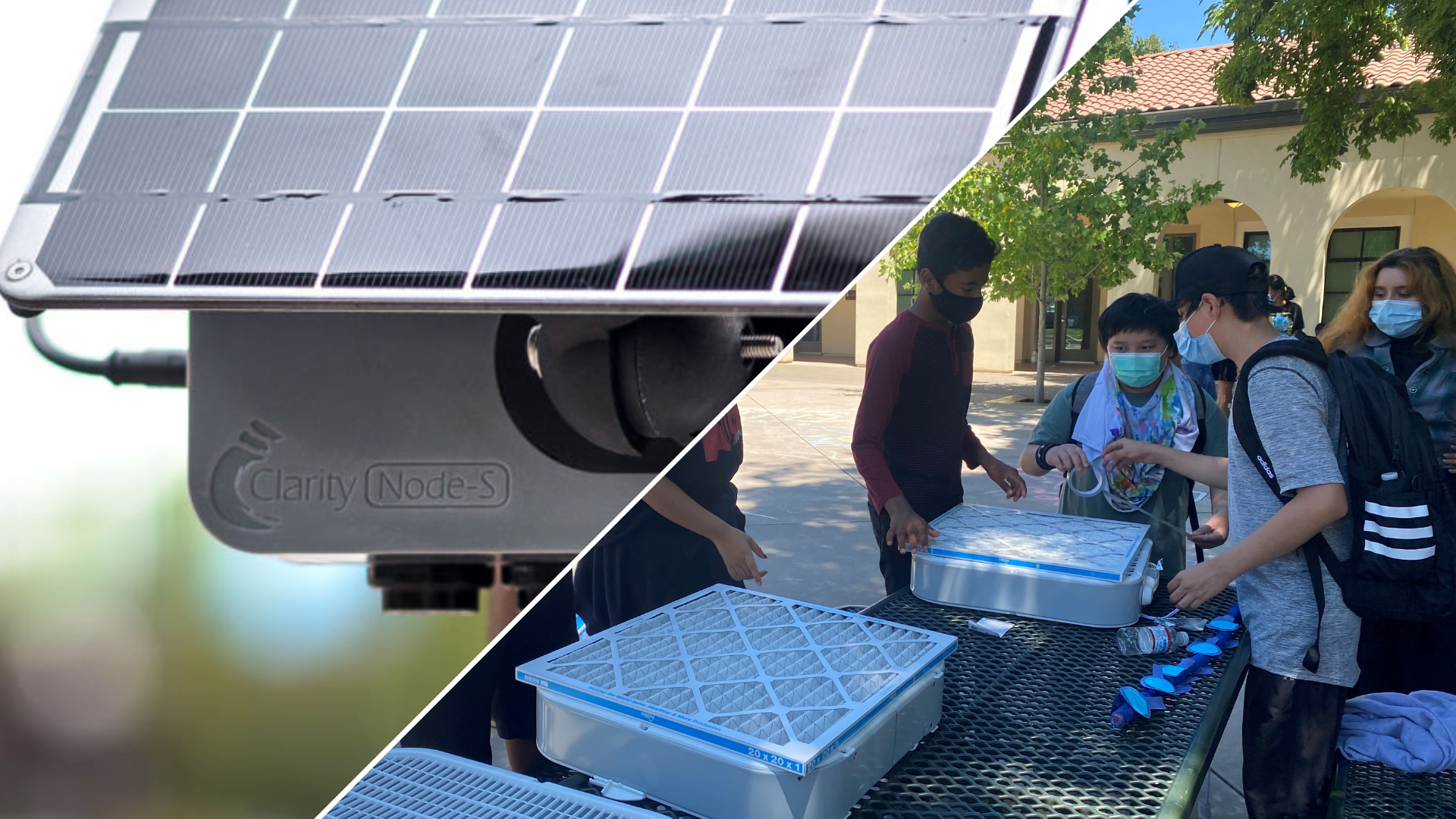
- Project Overview
- Project Updates
- Community Air Action Plans
- Air Monitoring Map
- Project Advisory Committee (PAC)
Project Overview
In 2017, Assembly Bill 617 was signed into law, which created the Community Air Protection Program run by the California Air Resources Board (CARB).
The Community Air Protection Program empowers California’s most polluted communities to monitor their air quality and guide investments to reduce carbon emissions and improve public health in frontline neighborhoods.
Through this program, CARB has awarded a series of three Community Air Grants to a group of local nonprofit organizations – Valley Vision, Civic Thread, Breathe CA Sacramento Region, and Green Tech Education – to help the North Sacramento, Oak Park/Fruitridge, and Meadowview neighborhoods monitor their air, understand how air quality impacts health, and develop a plan to reduce exposure to air pollution. CARB has posted online announcements of the first, second, and third grants awarded to this coalition. Click here for more information and background about why these neighborhoods were selected.
As part of the Sacramento Neighborhoods Activating on Air Quality (SNAAQ) project, the coalition has worked with residents of the project neighborhoods to accomplish the following:
- Sited and placed 19 Clarity Node-S air monitors in locations determined by community members, with live-updating data linked to a public online portal;
- Established an all-resident Steering Committee to make key decisions and guide a consequential participatory budgeting (PB) process to spend $100,000 in grant funds on aspects of the work;
- Sent 29,000 physical mailers to households in North Sacramento and Oak Park/Fruitridge to gather resident priorities for clean air projects;
- Developed Community Air Action Plans for each neighborhood, coupled with appendices, that were informed by a community-based planning campaign that included intimate, neighbor-led Environmental Justice listening circles, walking tours, and other events;
- Begun to plan for an emissions reduction pilot program with a workforce development component, set for implementation in Summer 2023, which will inform the final SNAAQ 2.0 strategy;
- Developed and deployed an Air Quality & Environmental Justice educational curriculum directed at middle school-age students of color, which included hands-on activities such as building box fan air filters and training on how to advocate effectively;
- Organized a virtual SNAAQ “Design Challenge” event in February 2022 which also served as a regional air quality policy symposium;
- Conducted outreach and engagement, including four multilingual listening sessions with live translation services, in English, Spanish, Hmong, and Vietnamese (the main languages spoken in our project areas);
- Offered monetary incentives to participating residents in accordance with community engagement best practices;
- Maintained a publicly accessible online data portal and project website with regular updates;
- Developed an MOU between core partners at the outset of both projects;
- Stayed apprised of statewide AB 617 conversations and best practices from other communities;
- Deferred to a resident advisory committee in decision-making at multiple intervals.
worked with a community is empowering residents, business owners and educational institutions in these communities to identify solutions for achieving cleaner air and to take ownership of environmental decision-making processes that affect neighborhoods. The project has involved 1) air monitoring outreach and siting; 2) education and workshops; 3) community workshops; and 4) coalition building. In February 2022, an additional Community Air Grant was awarded to continue this work, with activities having started in Summer 2022.
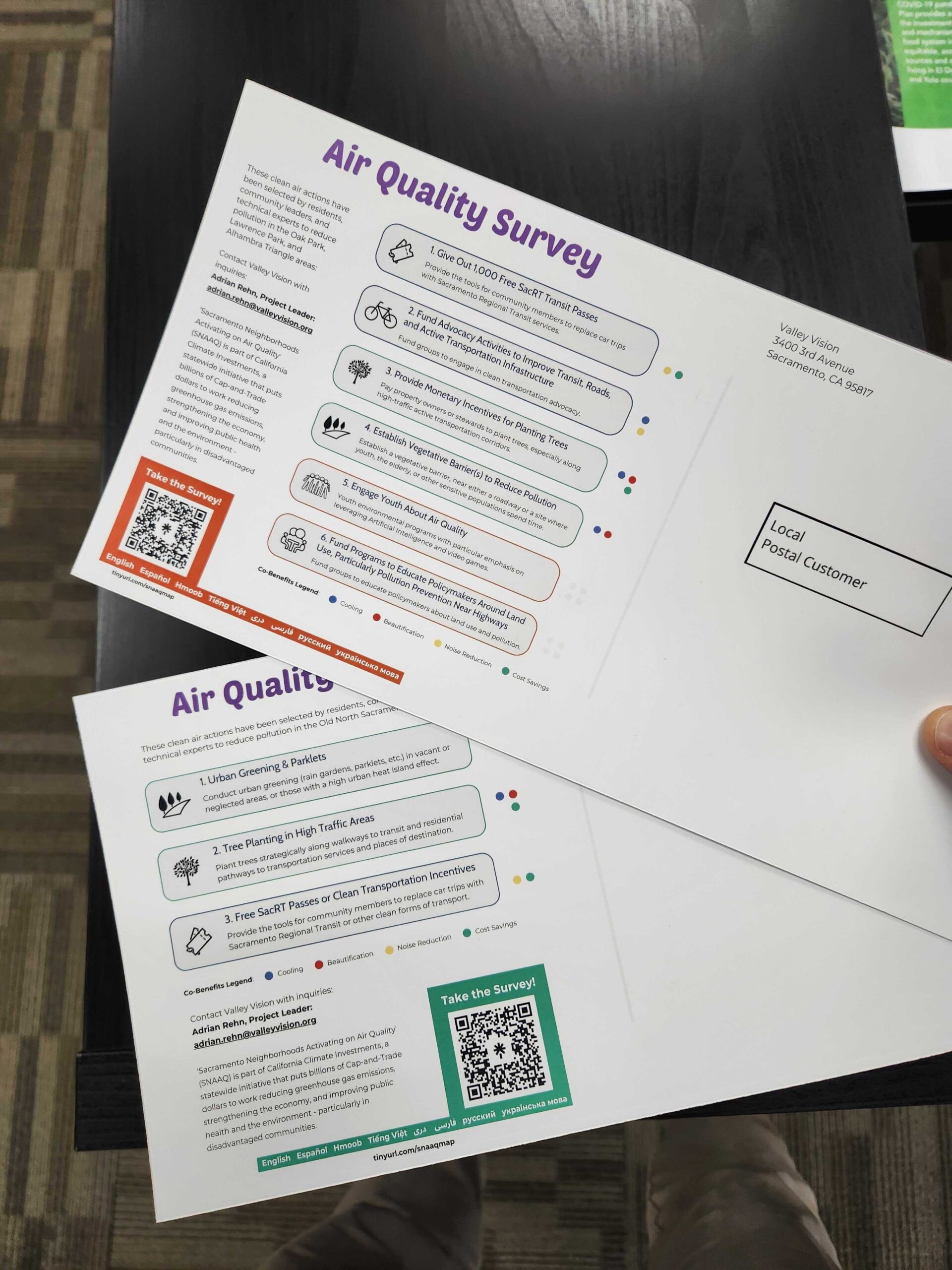
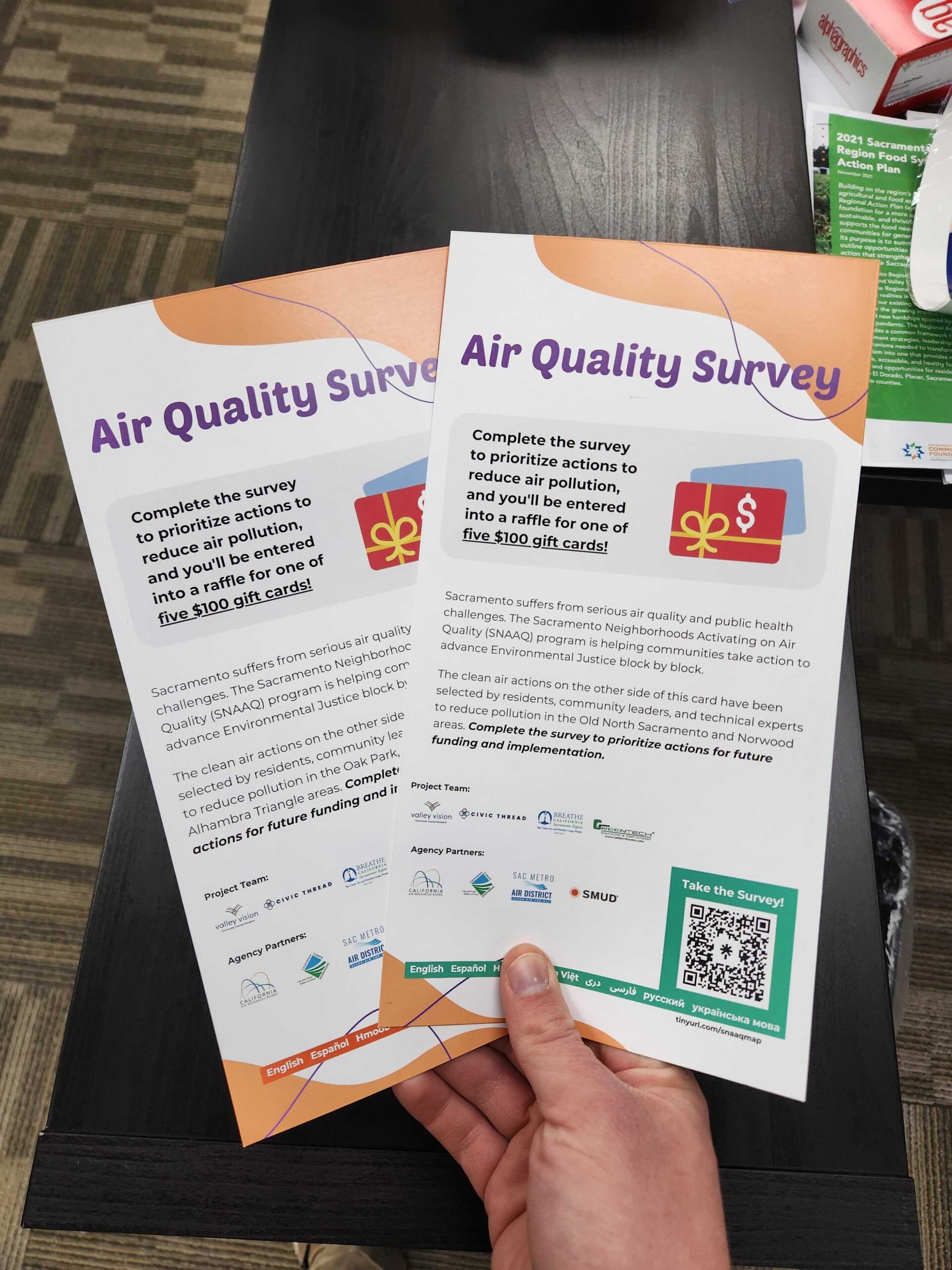

Click here to view or download a Fact Sheet about the project.
Project Areas
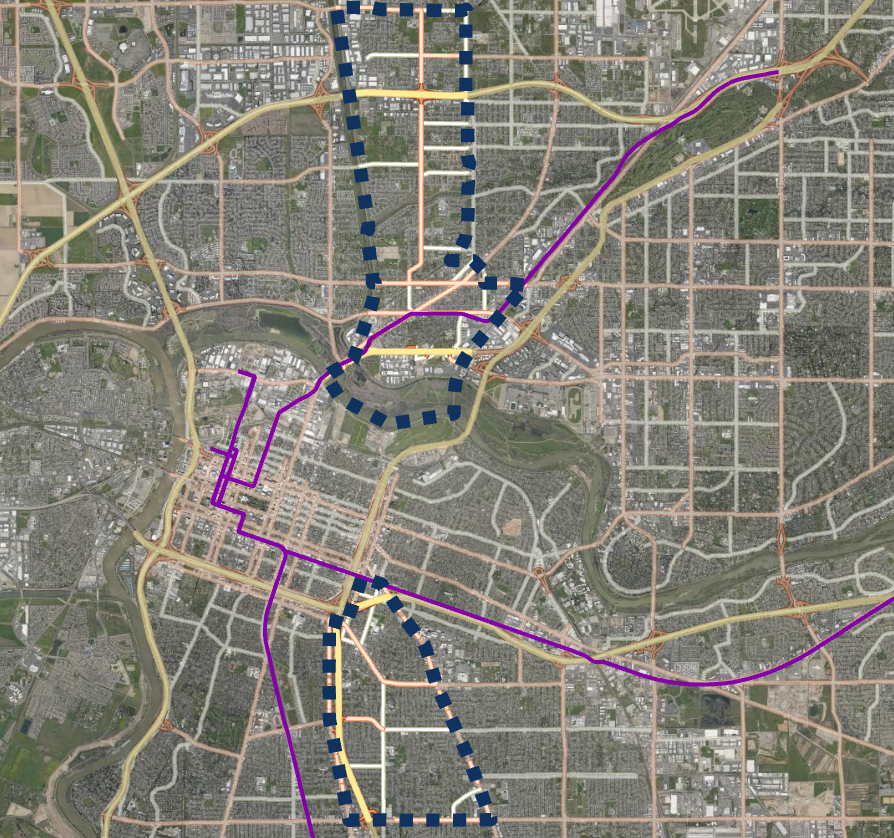
Oak Park: Bordered by R Street in the North, Stockton Blvd in the East, Fruitridge Road in the South, and Franklin Blvd and Alhambra Blvd in the West.
Updates
Four community listening sessions were held by Civic Thread in January 2021, which allowed residents to share their concerns about air quality in North Sacramento and Oak Park. Live translation was available in the languages specified. Click here to access the media toolkit for the sessions with flyers, social media posts, and more in all four languages.
- Wednesday, Jan.13, 6:00 – 7:30 PM
- English/Spanish – Oak Park (Video Recording)
- Wednesday, Jan. 20, 6:00 7:30 PM
- English/Spanish – North Sac (Video Recording)
- Tuesday, Jan. 26, 6:00 – 7:30 PM
- English/Vietnamese – North Sac/Oak Park combined (Video Recording)
- Thursday, Jan. 28, 6:00 – 7:30 PM
- English/Hmong – North Sac/Oak Park combined (Video Recording)
Survey: Civic Thread also developed a survey to inform locations for air monitors and to allow residents to express their interest in serving on a Neighborhood Coalition which will review community feedback and decide on the final locations of the monitors (20 Clarity Node-S air monitors split between the project neighborhoods). Monitoring will take place for one year and inform a Community Air Action Plan for each neighborhood, which will set the stage for investments to reduce emissions and improve public health.
Equipment deployment: Neighborhood Coalition members for each project area have been determined from the applications that were submitted, and were offered incentives/stipends for their participation. Across two meetings on April 20th and May 17th, 2021, residents serving on each Coalition determined locations for the 20 air monitors (shown on this map), with a 21st being co-located with regulatory monitors at 1309 T Street. Valley Vision has identified site hosts, secured permissions, and deployed the equipment as viewable on the map below.
The deployment of equipment attracted local media attention, linked below:
- FOX40: Del Paso Heights, Oak Park get monitors to track air quality
- Sacramento Bee: Is the air quality in these Sacramento neighborhoods bad? Residents can now tell in real time
- Univision: Instalan monitores de calidad de aire en zonas de bajos ingresos
- Capital Public Radio: ‘You Can Just Smell It’: Air Quality Monitors To Be Installed In Oak Park, North Sacramento
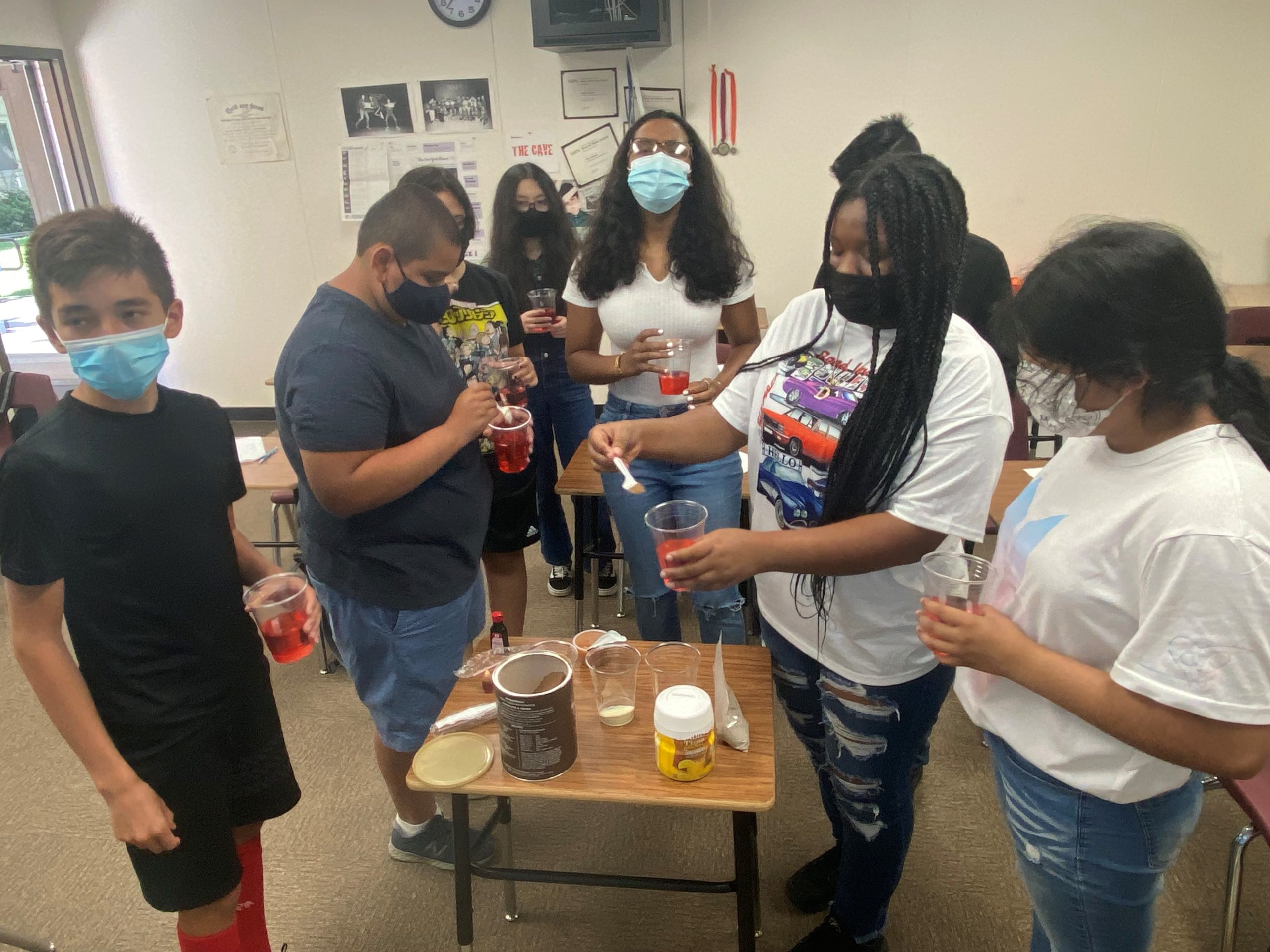
Educational curriculum: Starting in March 2021, the SNAAQ project team, PAC, and Neighborhood Coalitions developed educational curriculum designed to increase awareness of air quality and empower advocacy among underserved youth. The curriculum also includes hands-on activities where students build their own air filters out of a box fan, HEPA air filter, and masking tape, and use food coloring to learn about indoor air quality. This curriculum was deployed in July 2021 in partnership with Breakthrough Sacramento with materials and support provided by SMUD. Click here to access the full Environmental Justice and Air Quality curriculum, and reach out to Katie Smet with any questions or comments.
Air Quality Design Challenge: On February 26, 2022, SNAAQ held a successful 4-hour virtual event for residents of North Sacramento and Oak Park to learn about block-by-block air quality conditions and design solutions to improve air quality, with generous support from SMUD. Participants received $100 stipends for their participation, with residents receiving an additional $50 for lunch. Attendees selected one of three working sessions on (1) Equipment, (2) Engagement, and (3) Data Analysis to share their priorities for action in each of these areas. Input informed the development of the Community Air Action Plans for each neighborhood.
Community Air Action Plans
The main product of the SNAAQ project is a one-page Action Plan for each project area that encompasses feedback gathered throughout the process. These products were shaped by residents through the Community-Based Planning process led by Civic Thread, which included intimate listening circles led by Neighborhood Coalition members, self-guided Environmental Justice Tours, virtual community block parties, and more.
The SNAAQ project team sought to ensure all education and outreach efforts were as accessible as possible by providing live and written translations in primary languages spoken in both project areas; partnering with trusted community-based organizations; and using the PAC’s expertise of their neighborhoods to build a diverse stakeholder contact list. Recognizing technological barriers that many community members face, laptops and Wi-Fi hotspots were provided to those in need to be able to participate in the project’s virtual events. Stipends and incentives were also provided to community members who participated throughout the project in an effort to recognize their time and expertise.
The Action Plans are intended to be simple and easy-to-understand – each is backed by an Appendix which summarizes resident input into the final set of priorities, solutions, and recommended actions.
North Sacramento Project Area
Oak Park Project Area
Air Monitoring Map & Survey
The survey closed at 11:59 PM on Monday, January 15th, 2024. Those who completed the survey have a chance to win one of five $100 gift cards, depending on your neighborhood. Winners of this random selection will be notified by Saturday, January 20th. If you do not receive a communication from us in this timeframe, unfortunately you were not selected for a gift card.
Live data from the Clarity Node-S air quality monitors are viewable from the portal above. Click on a specific monitor to view current Air Quality Index (AQI) information and levels of PM 2.5 (fine particulate matter). Click here to learn more about AQI and PM 2.5.
Analysis of air monitoring data has resulted in three products, made accessible to the public via the links below:
- Year #1 Air Monitoring Data Report (Infographic)
- Year #1 Synthesized Data Charts (Large File)
- Raw Data (Includes Co-Location and Pre-Deployment Period) (Large File – Updated June 2023)
Project Advisory Committee
The SNAAQ project team is guided by a Project Advisory Committee (PAC) to inform project implementation. The main responsibilities of the PAC are to help design an effective community engagement process, to attend regular meetings, and to encourage community participation in this project.
Project Advisory Committee Responsibilities:
- Attend PAC meetings to be held every 2 months (remote via Zoom due to public health directives).
- Attend public SNAAQ meetings and workshops to the best of your ability.
- Provide guidance to the SNAAQ partners on implementation to ensure adherence to the awarded proposal and the AB 617 Community Air Monitoring Blueprint (as appropriate).
- Provide technical expertise (as appropriate) to both the project team and Neighborhood Coalitions as they determine siting of monitors and actions to reduce pollution burden.
- Connect project team and Neighborhood Coalitions with residents and community leaders who can participate in the project.
Committee Structure:
- Air monitoring expert – District (Sac Metro Air District)
- Air monitoring expert – Independent (UC Davis Air Quality Research Center)
- Public health expert (Environmental Council of Sacramento – ECOS)
- City of Sacramento representative (Office of Mayor Darrell Steinberg)
- Youth representative (2)*
- Environmental justice group representative (Red, Black, and Green EJ Coalition)*
- Environmental justice group representative (United Latinos)*
- North Sacramento resident (2)*
- Oak Park resident (2)*
- North Sacramento business representative (North Sacramento Community Development Corporation)
- Oak Park business representative (Capsity Oak Park)
* = eligible for direct stipend of $75 per meeting attended

Sacramento Neighborhoods Activating on Air Quality (SNAAQ) is part of California Climate Investments, a statewide initiative that puts billions of Cap-and-Trade dollars to work reducing greenhouse gas emissions, strengthening the economy, and improving public health and the environment — particularly in disadvantaged communities.
Email Adrian Rehn or call (707) 813-1913 with any questions.
